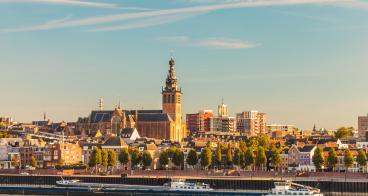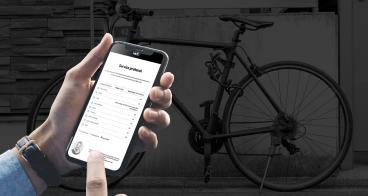What solutions can improve micromobility end user adoption?
After having explored the trends and challenges that some technical, regulatory, social and financial barriers pose to micromobility today, this article is going to explore some of the solutions available to facilitate micromobility adoption in European cities.
Fluctuo is Europe’s leading aggregator of data on shared mobility services (bikes, scooters, mopeds, cars). It has developed several solutions to support public and private actors.
- Data Flow is an API that provides real-time availability of shared vehicles indicating real time availability of vehicles: French railway company SNCF is using fluctuo’s API in their app to display shared bikes and e-scooters are located next to train stations.
- Fluctuo’s city dive is a dashboard including 90 cities with fleet position of shared mobility services.
The UMOS project aims to create the first pan-European urban mobility open operating system to solve the current issue of travellers having to use several apps to travel across cities in Europe, with countless MaaS platforms being further developed and launched all across Europe.
As a micromobility operator, Spin has a vision zero, a holistic approach aiming to increase safety and comfort of people moving through spaces, with a focus on reducing severity of injuries and preventing injuries especially for vulnerable groups like pedestrians, children, people with disability or micromobilty users.
The MOBY project designed a user survey (790 responses from respondent in Stockholm, Copenhagen, Munich, Tel Aviv, and Barcelona) to investigate differences in user needs in cities, allowing comparison between cities in terms of usage patterns.
Moby developed a roadmap for cities with 50 indicators in 6 categories covering good governance, environmental sustainability, safety, intermodal & infrastructural integration, social sustainability, financial sustainability.






